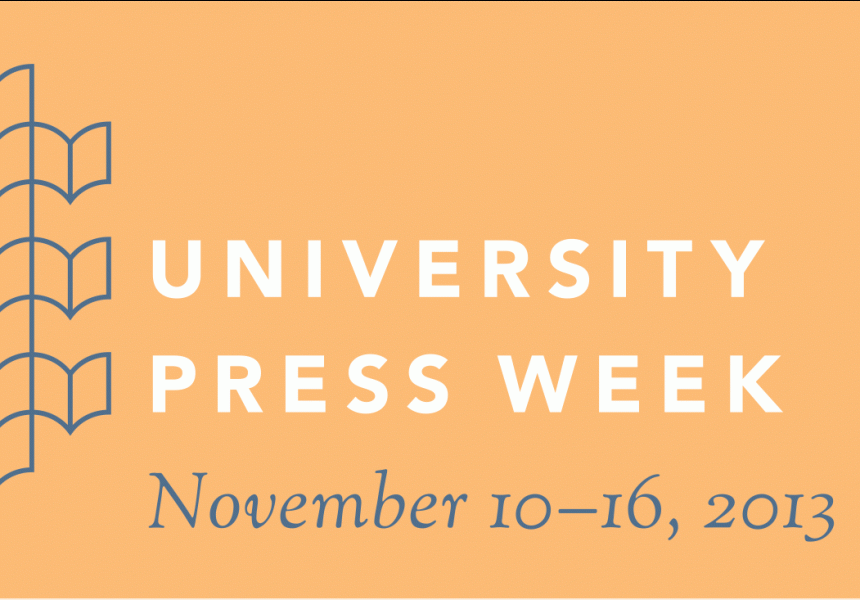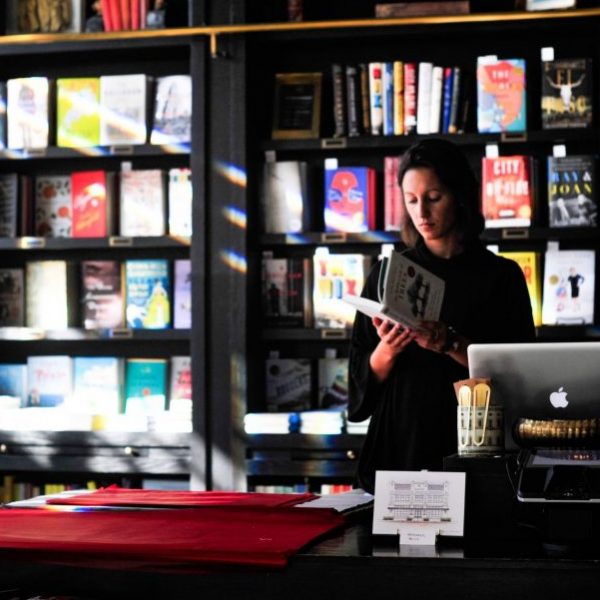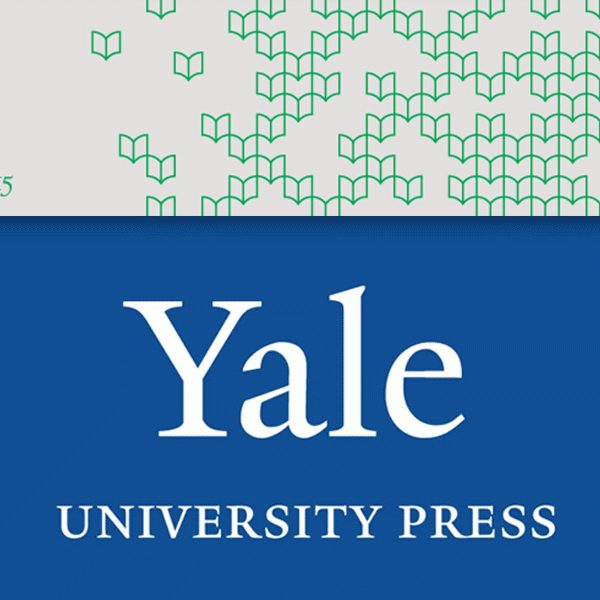Yale University Press and the Global Reach of University Presses
Ivan Lett—
It has always been a special privilege to work for a university publisher with an overseas acquiring office. Even as a student intern, the arrival of our Yale University Press London executives every winter and summer for our semi-annual book launches and sales conferences was a notable event. Their editorial projects complement our own efforts here in New Haven to bring important, timely, and provocative works into publication, serving our academic mission two-fold in disseminating knowledge to the public.
Nevertheless, the work of the university is an endless cycle of discovery and revision. The output is vast, and the various fields are competitive. When asked recently on the separation of book marketing, distribution, media outreach, and occasionally pub dates between the two offices by territory, I responded: “We need all the help we can get!”
Should not our efforts focus more intensely on the audiences closest to home, relying on established relationships and contacts from near to create a greater, widespread buzz at a distance? That’s what we aim to accomplish in our social media channels: using advocates with the strongest connections to the material we’re publishing—including authors themselves—especially because the book publishing landscape is more competitive than ever for review space, shelf space, and even passing attentions. Technological advances have done little to propel overall speed in reading a text; rather, readers engage with more texts and, along with several other forms of entertainment, cram as much as they can into the same schedule of 24 hours in a day. Nowadays, people in London read The Wall Street Journal, just as people in Los Angeles read The Guardian. The global sensibility is even being reflected in branding; last month, The International Herald Tribune became The International New York Times, another major shift in the fight for globally recognized brands and companies while potential audience size and accessibility increase every year with increased Internet usage and devices.
With social media our two offices work collaboratively to share news as it happens and as it comes in from all parts of the globe—review coverage, events, active commentary, and special announcements for our subscribers, wherever they may be. As Stanford University Press Director Alan Harvey noted earlier this week for the University Press blog tour: “Technology has dramatically altered the communications landscape in all areas of our daily lives, both personal and professional,” and by 2013 consensus is that both the present and future of communications are digital. An expanding number of our accounts on various social outlets, each with a specific subject- or project-based focus, is a necessary part of putting content in front of the audiences that want it most. We aim to catch people at work, on-the-go, on the weekends, and that comes with a number of timing challenges for a global readership.
In addition to books like The Leonard Bernstein Letters and series such as our Little History books, this year Yale University Press released three apps based on books: Pevsner’s Architectural Glossary , the Yale Book of Quotations, and Josef Albers’ Interaction of Color, each accompanied by heavy marketing campaigns on both sides of the Atlantic. Unlike the release of a printed book, distribution of a digital product happens everywhere all at once, and despite being accustomed to the dynamic and responsive nature of web-based marketing initiatives, the preparation for each of these was filled with all sorts of new insights and information about consumer differences in our primary North American and European demographics.
Distinct Internet cultures have different visual and graphic sensibilities, click-through rates vary geographically, as does interest in certain subject interests; this is all well known. However, what was new in our increasingly interconnected present, was responding to perspectives on the books as they had been known in a pre-digital (or at least pre-app) age. The associated book for each app was published globally by YUP several years ago, and revisiting the content and celebrating the new enhancements of the digital editions came easily with consumer familiarity. As with any book or idea “post-release,” they had each taken paths of their own in the time since publication, and different audiences had different sensibilities and expectations for new editions of books. Particularly for the blogosphere, it’s harder to “give the people what they want” when everyone wants something different, but these are the challenges that publishers of any kind of material are faced with when taking into account the objectives of widespread knowledge and ubiquity. After all, in the past decade bloggers and their posting outlets have created a new “shelf-life” for books, one that makes visibility and accessibility a function of interest rather than printing dates. It was fulfilling to reach and respond and re-approach our online audiences with new content and messages, with tremendous results for coverage and reviews. Plus, it’s fun! And it should be, but the process is, of course, time-intensive and laborious.
Those of us working specifically in digital counterpart fields of publishing see this practice as commonplace, an endeavor that matches the hopes of its daunting expectation: that everyone can and should know about new scholarship, methods, and discoveries relevant to public conversation. Universities and their presses, as identifiable strongholds for cultural debate and discussion, remain at the forefront of the charge, helping each other through challenge and collaboration. This University Press Week blog tour is evidence of the active exchange of those many perspectives. The ideas are now part of a bigger and more globally accessible platform, and we, the closest advocates with the strongest connections to what we’re publishing, must continue to disseminate in global media.
Ivan Lett is Online Marketing Manager for Yale University Press.




























